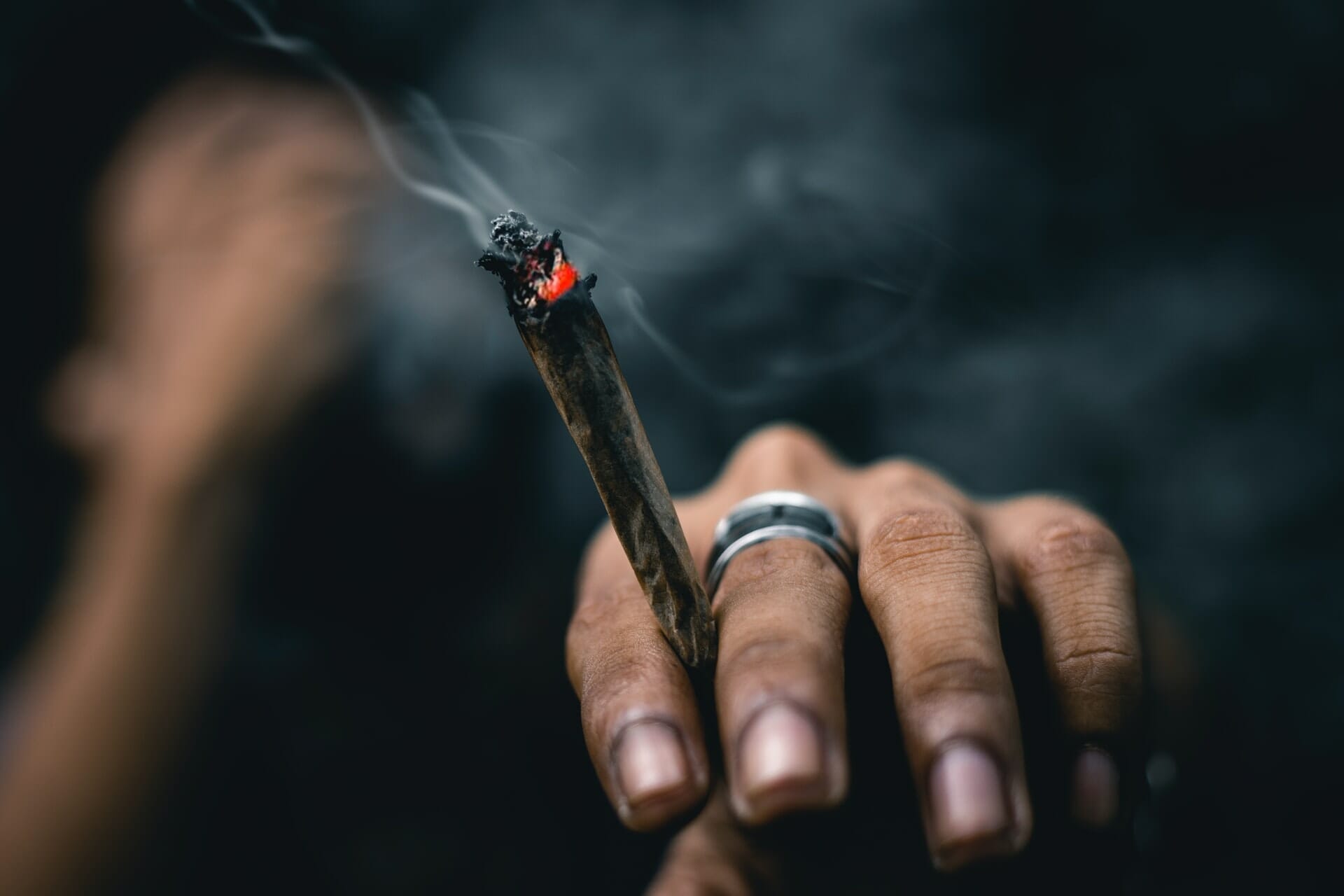The language of cannabis is rich with tradition, and nowhere is this more apparent than in the ways people consume and share the plant.
Among the billions of sessions across decades and continents, two methods have emerged as iconic in their own right: the joint and the blunt. Each has its allure, history, ritual, and set of characteristics.
While both involve rolling and smoking ground cannabis wrapped in paper or leaf, the differences between blunts and joints are significant. The differences touch on materials, flavors, effects, social customs, and even cultural symbolism. Let’s look into the difference between these two terms, so the next time you’re offered any, you know what you’re going in for.
What Wraps and Holds the Cannabis
At the most fundamental level, the primary difference lies in what’s used to roll them.
Joints are rolled using traditional rolling papers. These are almost always made from wood pulp, rice, or hemp, and are specifically manufactured to be thin, light, and relatively tasteless. The intent is for the paper to combust quickly, adding as little to the flavor of the cannabis as possible while providing smooth, even burns.
Joints are typically slim, conical, or straight, and sometimes include a hand-rolled or pre-made filter (“crutch” or “tip”) at one end to keep the material from drawing into the mouth.
Blunts, in contrast, are made by wrapping cannabis in tobacco leaf. Most commonly, this means emptying a cigar or cigarillo—such as a Swisher Sweet, Dutch Master, or Backwoods—removing the loose tobacco, and refilling the shell with ground cannabis before rolling it up. Some modern products called blunt wraps provide ready-to-use sheets of tobacco leaf for this purpose.
The tobacco leaf is denser, thicker, and imbued with oils, flavorings, and sugars from the curing process. This gives blunts their characteristic slow burn, aromatic smoke, and deeper brown or golden appearance.
Simply put, a joint is cannabis rolled in paper, while a blunt is cannabis rolled in tobacco leaf.
Flavor and Smoking Experience
The experience of smoking a joint and a blunt is dramatically different, in large part because of what you are burning along with your cannabis.
A joint is prized for preserving and highlighting the pure flavor of marijuana. With little interference from the paper, the terpenes (aromatic compounds) of the cannabis remain front and center.
This makes joints the go-to choice for those who want to purely cannabis. With joints, you get to taste the sweetness, earthiness, citrus, or pine of a flower cleanly. Joints also generally offer a lighter, less acrid smoke and lack the harshness once associated with tobacco.
Blunts, by comparison, are defined by the distinctive flavor of tobacco merging with cannabis.
The cured leaf not only slows the burn, allowing for long, leisurely sessions, but also imparts a sweetness, earthiness, or spiciness, depending on the brand and style of blunt wrap.
Many people find the combination intoxicating, experiencing a headier, more robust smoke. The flavor tends to be richer and sometimes masks the subtleties of the cannabis, but it can add its pleasurable dimension.
The presence of nicotine introduces additional physiological effects, which can include heightened alertness, a quicker onset hit, and aftereffects often described as a buzz.
Size and Social Ritual
Generally, blunts are larger and burn longer. A standard blunt holds significantly more cannabis than the average joint.
This size, combined with the slow burn of a tobacco leaf, makes blunts a popular option for group settings. The ritual of passing the blunt has its lore, music, and etiquette, serving as a centerpiece for communal, celebratory smoking.
Joints, while capable of being rolled large, are more often slim, personal, or made for smaller gatherings. Their shorter burn time and more discrete size fit solo smokers or quick two-person sessions, but joints are certainly still passed in social circles, especially in settings where subtlety or portability is desired.
Health Considerations
While all forms of smoking carry health risks, blunts introduce an additional dimension because of the tobacco they contain.
Inhaling tobacco smoke means exposure to nicotine and potentially carcinogenic compounds, even if the amount is less than that in a regular cigar or cigarette. For some, the added nicotine provides a sought-after effect, but for health-conscious consumers or medical users, this is a downside. Individuals with sensitivities or a desire to avoid tobacco usually prefer joints for this reason.
Joints combust only cannabis and paper (unless also filled with tobacco—a style called a “spliff” in Europe and parts of the US, which is a separate category altogether). While inhaling any kind of smoke isn’t without risks, joints generally offer a cleaner, less harsh alternative to blunts, especially for those with respiratory conditions or averse to nicotine.
Cultural Resonance and Popularity
Joints have held a central place in cannabis history for generations. Their elegance, portability, and ease of preparation make them ubiquitous in almost every culture where cannabis is consumed. Featured in art, music, and activism, the joint’s status as a universal symbol of casual cannabis use is unchallenged.
Blunts, meanwhile, have a more recent, distinctly urban and hip-hop-infused legacy, gaining popularity in the United States in the late 20th century. The tradition of gutting cigars and re-rolling them with cannabis became an act of cultural innovation, immortalized in rap lyrics, street lore, and party scenes.
Over the decades, blunts and the act of rolling a perfect one became shorthand for a carefree, celebratory, and sometimes defiant connection to cannabis culture.
Versatility, Customization, and Modern Trends
The world of joints has seen a revival thanks to the artisanal and “craft” movement.
Creative rollers now produce ornate “cross joints,” tulips, and infused “cannagars” (cannabis cigars) using flower, concentrates, and layerings of premium paper. Papers come in a wide array of flavors, materials, and even branding, allowing for a personalized experience.
Blunt culture has evolved as well. While traditionalists may insist on using cigar wraps, new products such as tobacco-free hemp wraps and terpene-infused options aim to give blunt smokers the aesthetic and burn of a blunt without the tobacco. This adaptation speaks to growing health awareness and the blending of traditions within modern cannabis.
Conclusion
In the debate between blunts and joints, there is no singular “better” choice—only that which best fits the occasion, palate, and intention of the smoker. Joints offer a clean, straightforward cannabis experience, prized by purists and those seeking subtlety and flavor clarity. Blunts, on the other hand, provide a robust, tobacco-accented ritual marked by slow burns and a social, party-forward tradition.
Ultimately, the decision reflects not only taste but also context, cultural affiliation, and even health priorities. Whether you find yourself preparing a solo joint for a sunset walk or rolling a monstrous blunt for a night with friends, you’re participating in a rich, evolving culture that spans centuries, continents, and endless ingenuity in enjoying the cannabis plant.

